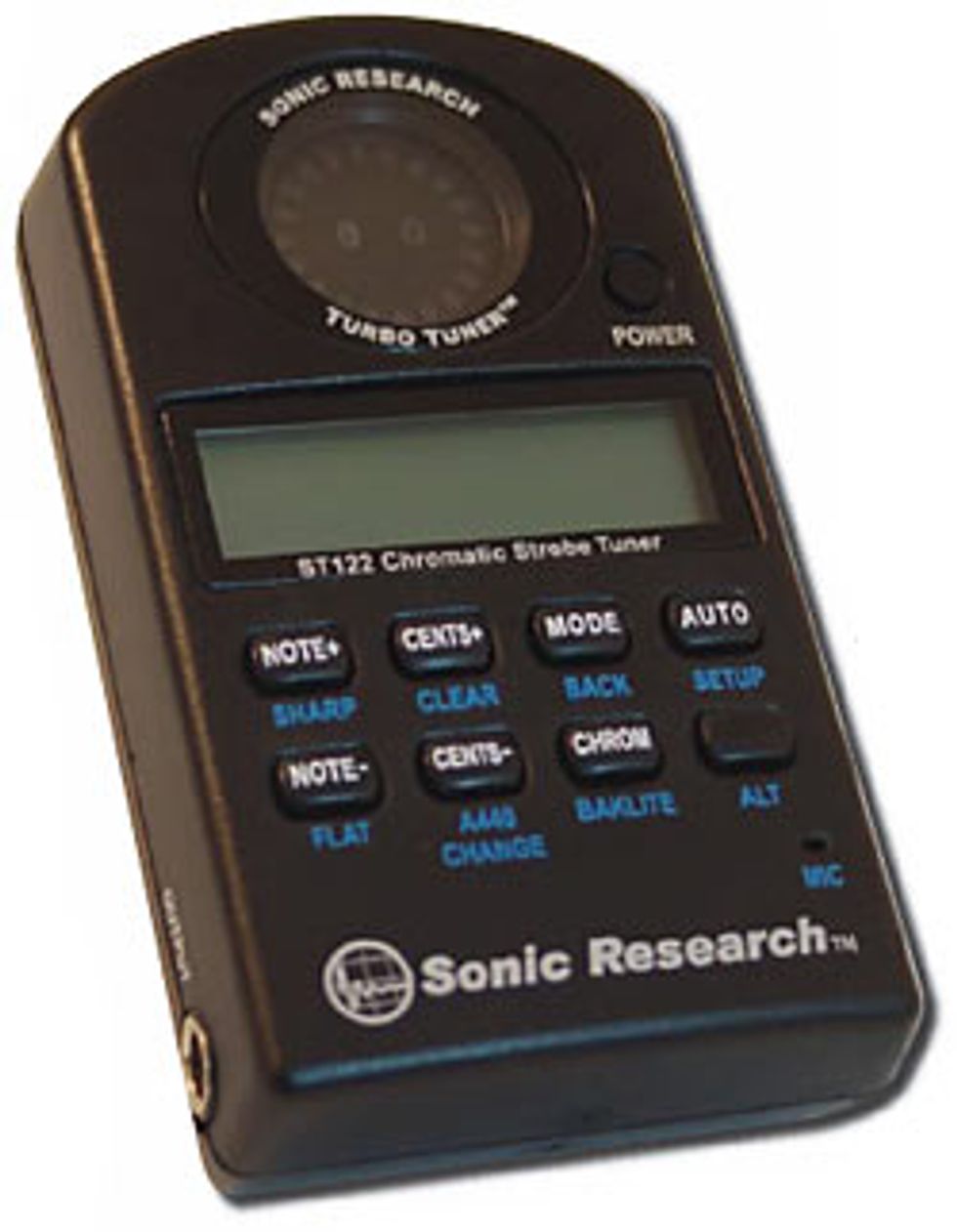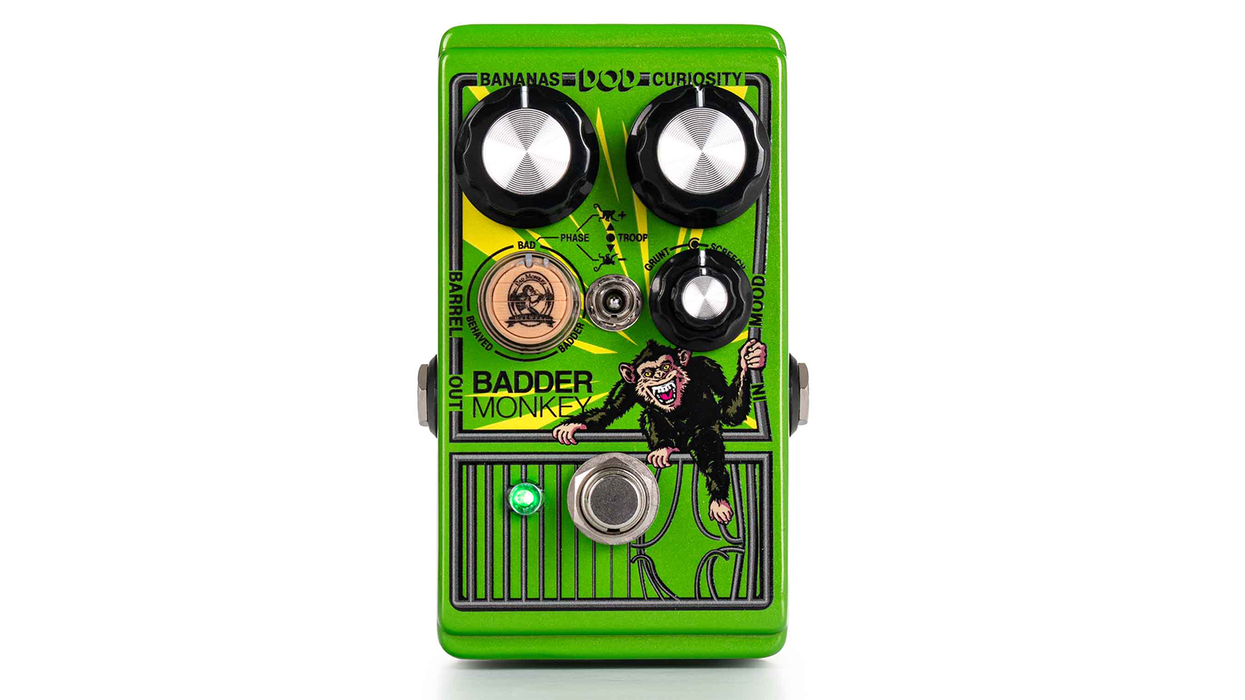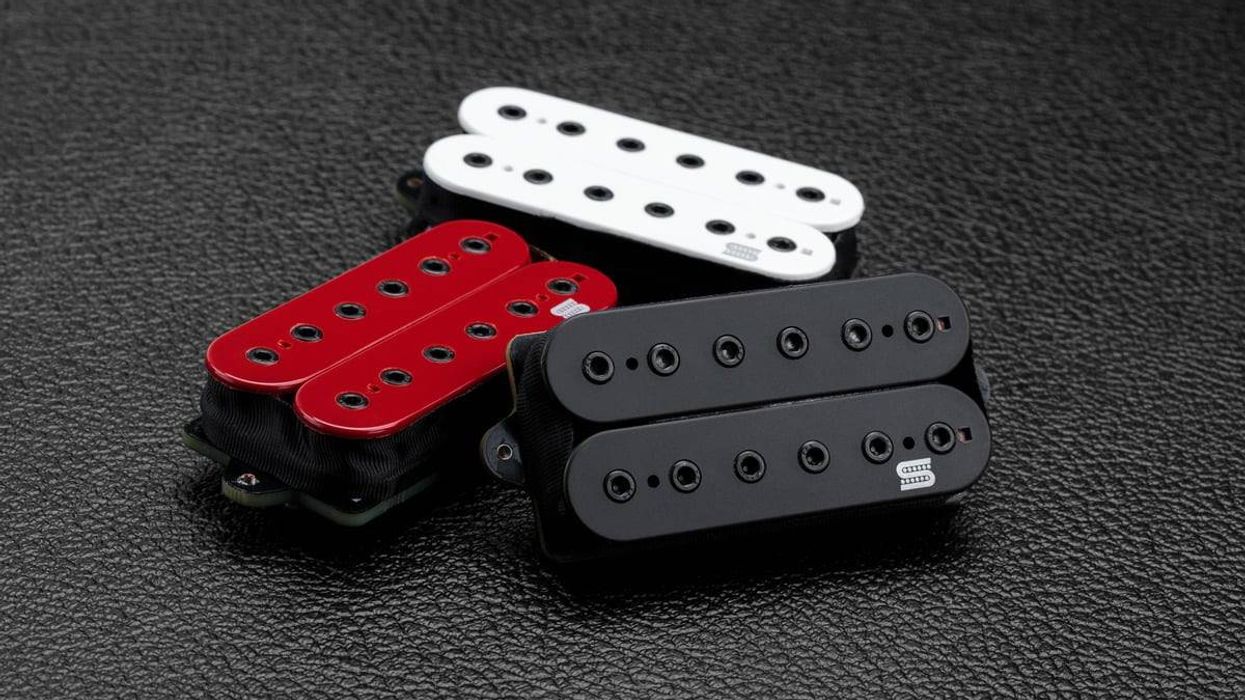 Over the years many people have asked me how to set up a guitar. The unusual aspect of this question is the amount of fear and trepidation it accompanies. So this month I’d like to tell you that if you follow these relatively easy procedures, no one will get hurt, your spouse or significant other will not leave you and your guitar will become an even greater friend.
Over the years many people have asked me how to set up a guitar. The unusual aspect of this question is the amount of fear and trepidation it accompanies. So this month I’d like to tell you that if you follow these relatively easy procedures, no one will get hurt, your spouse or significant other will not leave you and your guitar will become an even greater friend. There are basically three adjustments for setting up any guitar: adjusting the amount of “bow” (or relief) in the neck, adjusting the string height at the saddle and adjusting the intonation.
Let’s start with adjusting the amount of neck bow. While there are a number of adjustable truss rod designs, each share the same basic principles of operation. Adjustment of the rod involves tightening or loosening the nut on the rod. Tightening the nut increases the tension in the rod and consequently increases the amount that the rod counteracts the pull of the strings, thereby reducing the bow in the neck. Loosening the nut does the opposite, increasing the bow in the neck.
First locate where to make the truss rod adjustment; the truss rod nut may be located at either the guitar’s head or from inside the soundhole. At the guitar’s head the nut is often concealed under a small plastic or wooden plate, fastened with small screws. From the soundhole, the truss rod nut may be directly accessible through a hole in the cross brace or may be located at the heel block, often accessible only by completely loosening the strings. To tighten or loosen the nut, you will need either an allen wrench or a specialized socket wrench, which is often included with the guitar.
Usually, the truss rod nut is tightened by turning clockwise and loosened by turning counter-clockwise – right tighty, lefty loosey. Loosen your strings and begin by making quarter-turn adjustments. Bring your guitar back to pitch and sight down the neck from nut to soundhole to observe the amount of bow present. If you do a lot of string bending, you will want a little relief so you can get under the strings with no slipping. If you have a lighter touch, you’ll want the neck to be straighter with little or no bow.
Next, you need to check out your saddles. With all of the guitar’s strings at full tension, measure the distance from the top of the 12th fret to the bottom of the sixth string. Although the ideal string height ultimately depends upon the preferences of the player and the type and construction of the guitar, a typical string height for a steel string acoustic guitar is about 3/32” at the sixth (bass E) string and about 5/64” at the first (treble E) string; an electric guitar would be slightly lower.
The intermediate strings increase in string height gradually from the first to sixth strings. To lower the string height from the saddle on acoustic guitars, you have to loosen your strings, remove the saddle and gently sand down the bottom of your saddle; afterwards, replace it, tune back to pitch and make the same measurements. More importantly, play your guitar and pay attention to the amount of difference your adjustment made. Repeat this until you have the action just the way you like it. For electric guitars, this adjustment is usually much easier and quite obvious.
Lastly, let’s set your intonation so you’re more closely playing in tune. To adjust the intonation, you want to alter the precise length of each string until the pitches of two notes produced on the same string are identical. The two notes we’ll compare are the note produced by fretting a string at the 12th fret and the note produced by the harmonic at the 12th fret of the same string – these notes are both octaves of the open string and should be in unison. The two pitches can be compared by ear, although more accurate results can be obtained by using an electronic tuner. The intonation is correctly adjusted when the two pitches are identical.
Beginning with the sixth string and continuing similarly with the other five strings, compare the 12th fret note with the 12th fret harmonic. Notes that sound sharp require the string to be lengthened, while notes that sound flat require the string to be shortened. If the notes are of the same pitch, no adjustment is required. Electric guitars usually have fully adjustable bridges with roller saddles that move forward and backward for this very adjustment. Acoustic guitar saddles can get a little more complicated, but typically have this adjustment made by angling the bridge and notching the B string.
So now you have the power – go forth and adjust! Just be patient and take your time when setting up your axe. Then go to the gig and knock ‘em down!
Rick Wheeler
Rick Wheeler currently works as Larry Carlton’s guitar tech and front of house engineer. He is also an accomplished jazz guitarist, vocalist, and educator. You can contact Rick at rickwheeler@hughes.net
















![Rig Rundown: Russian Circles’ Mike Sullivan [2025]](https://www.premierguitar.com/media-library/youtube.jpg?id=62303631&width=1245&height=700&quality=70&coordinates=0%2C0%2C0%2C0)









